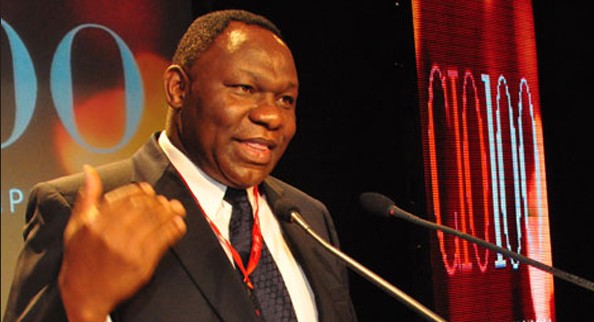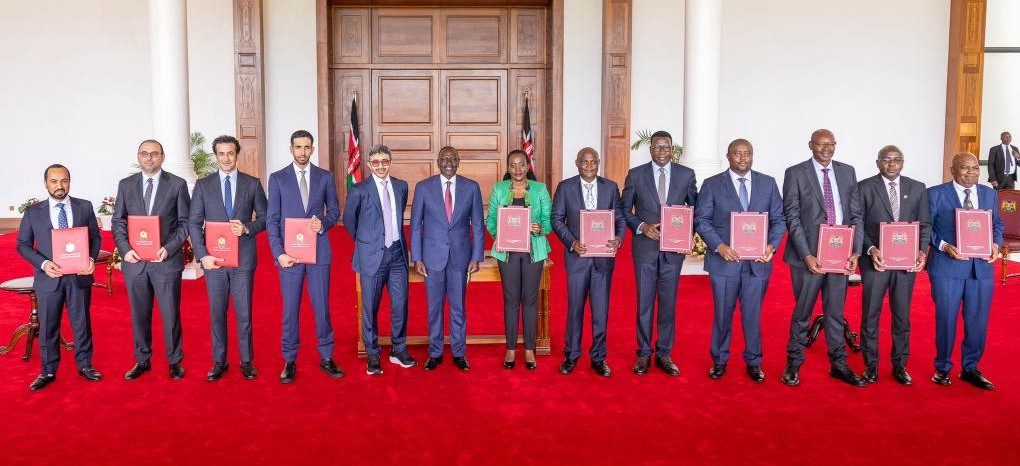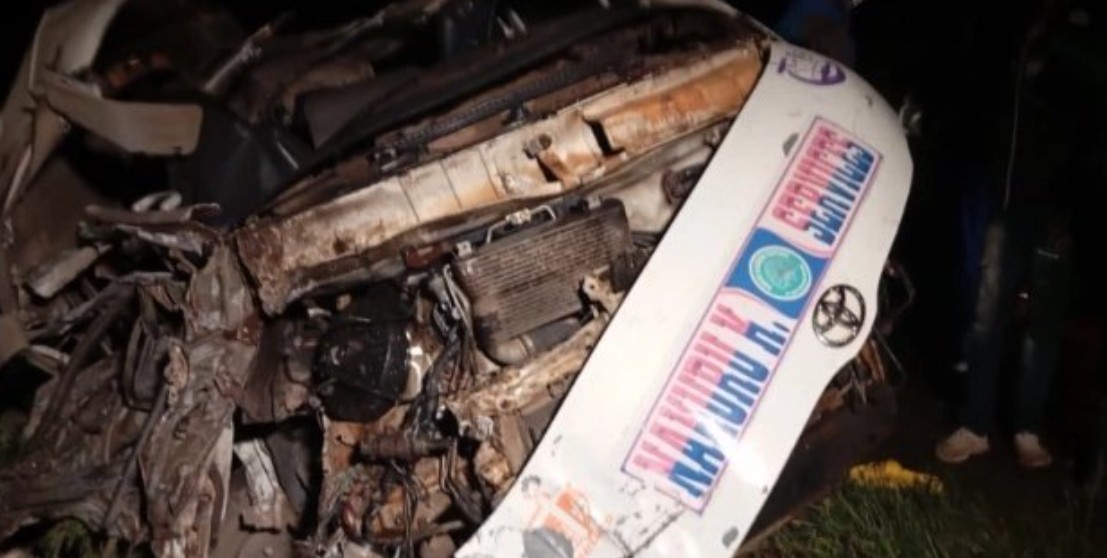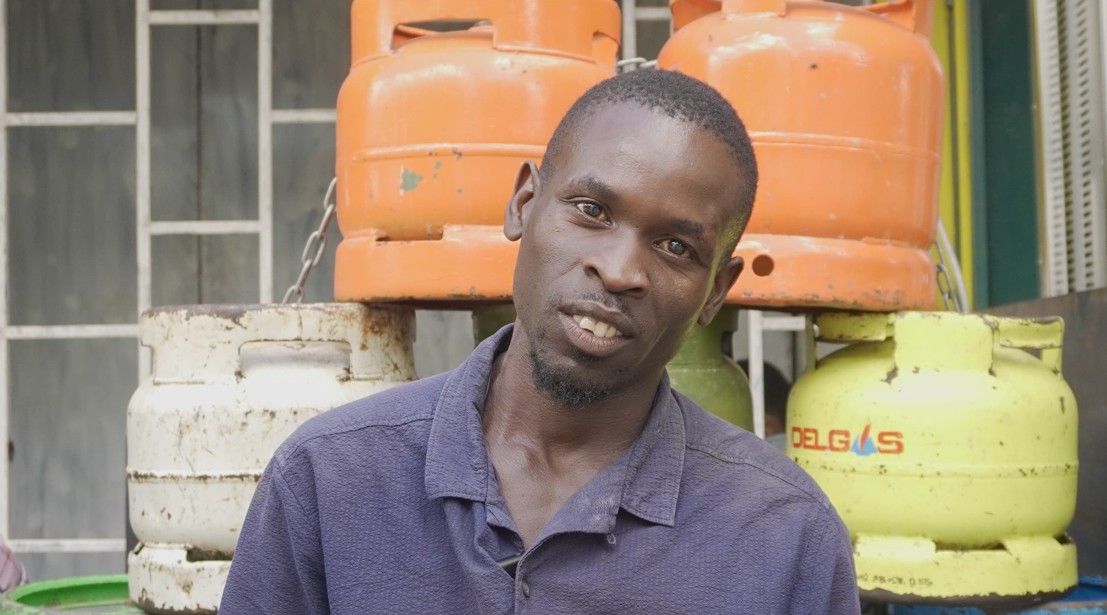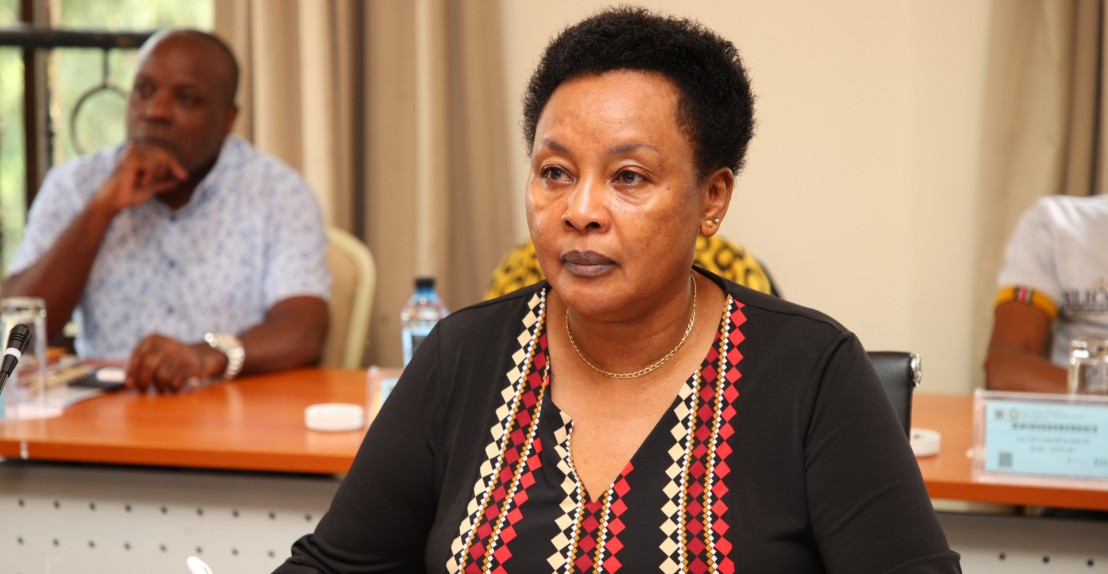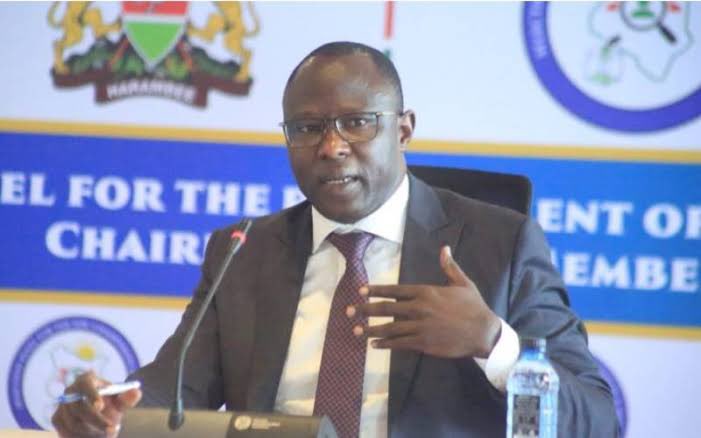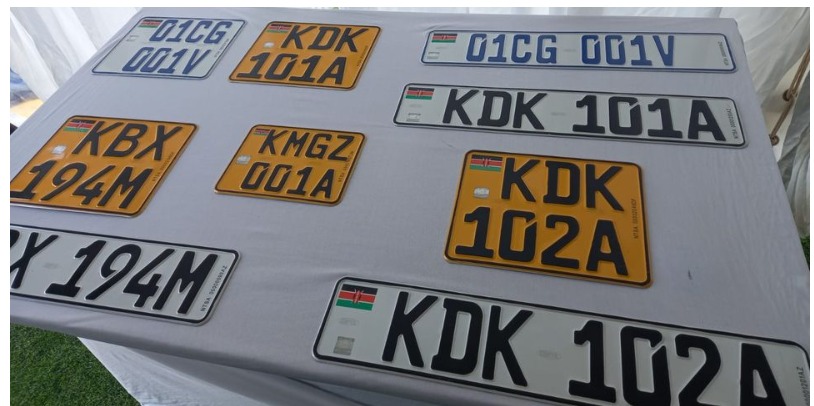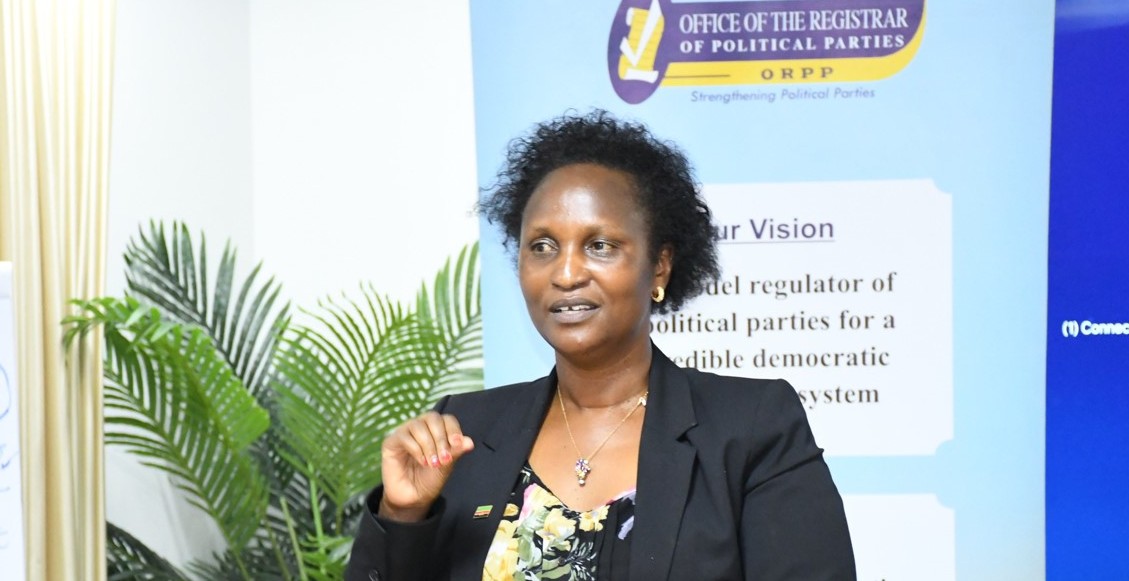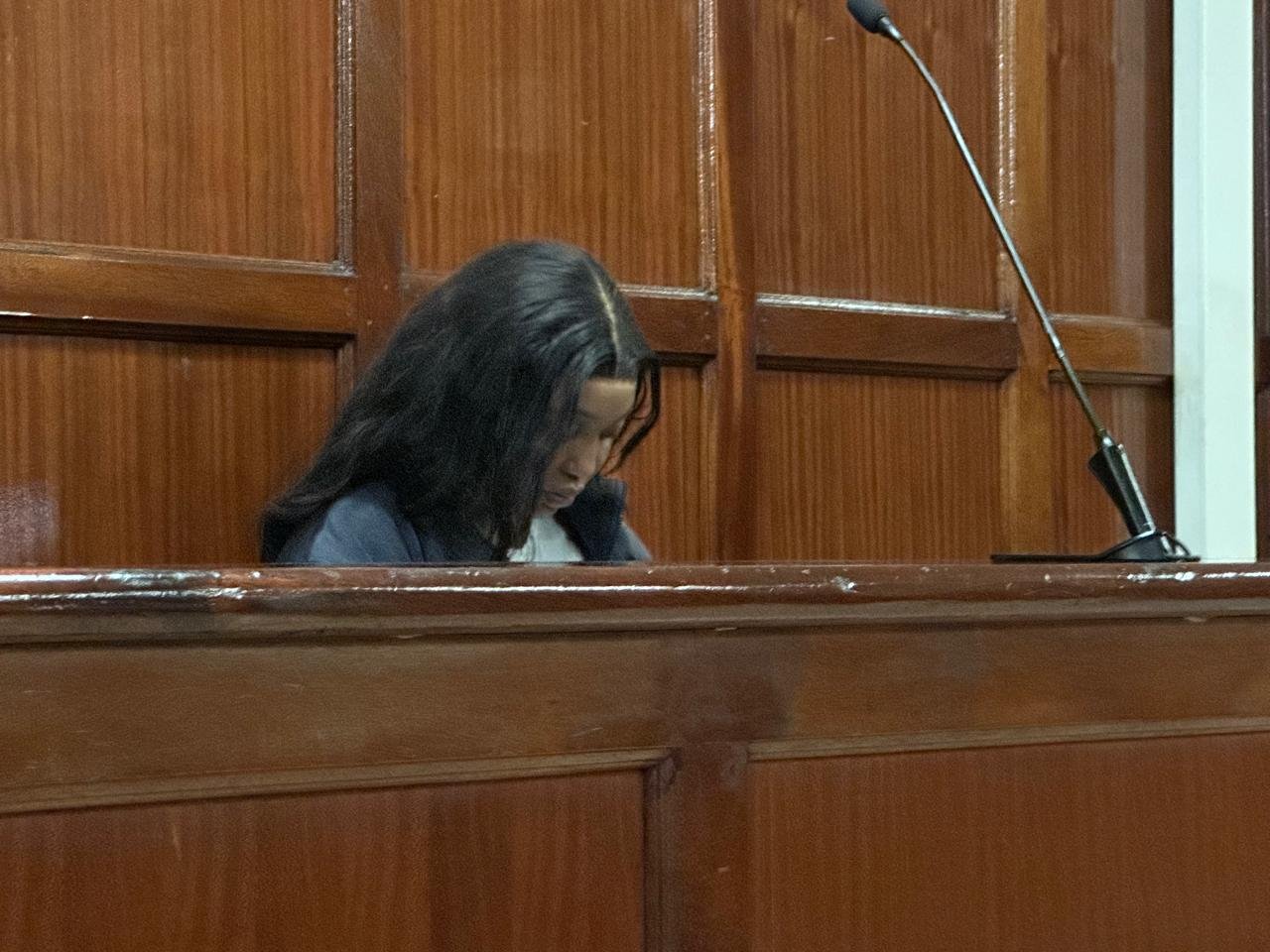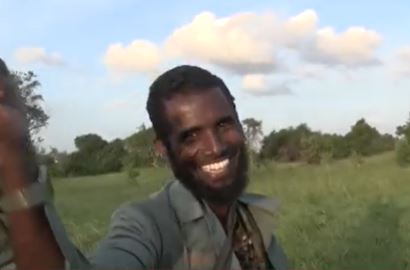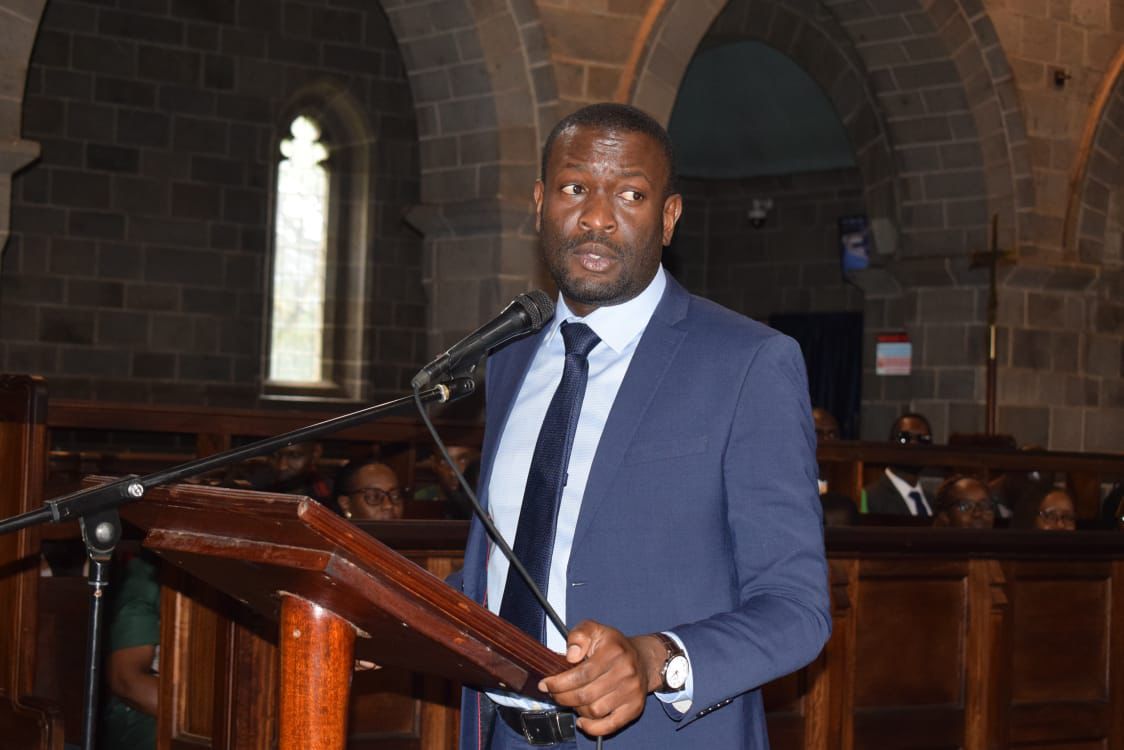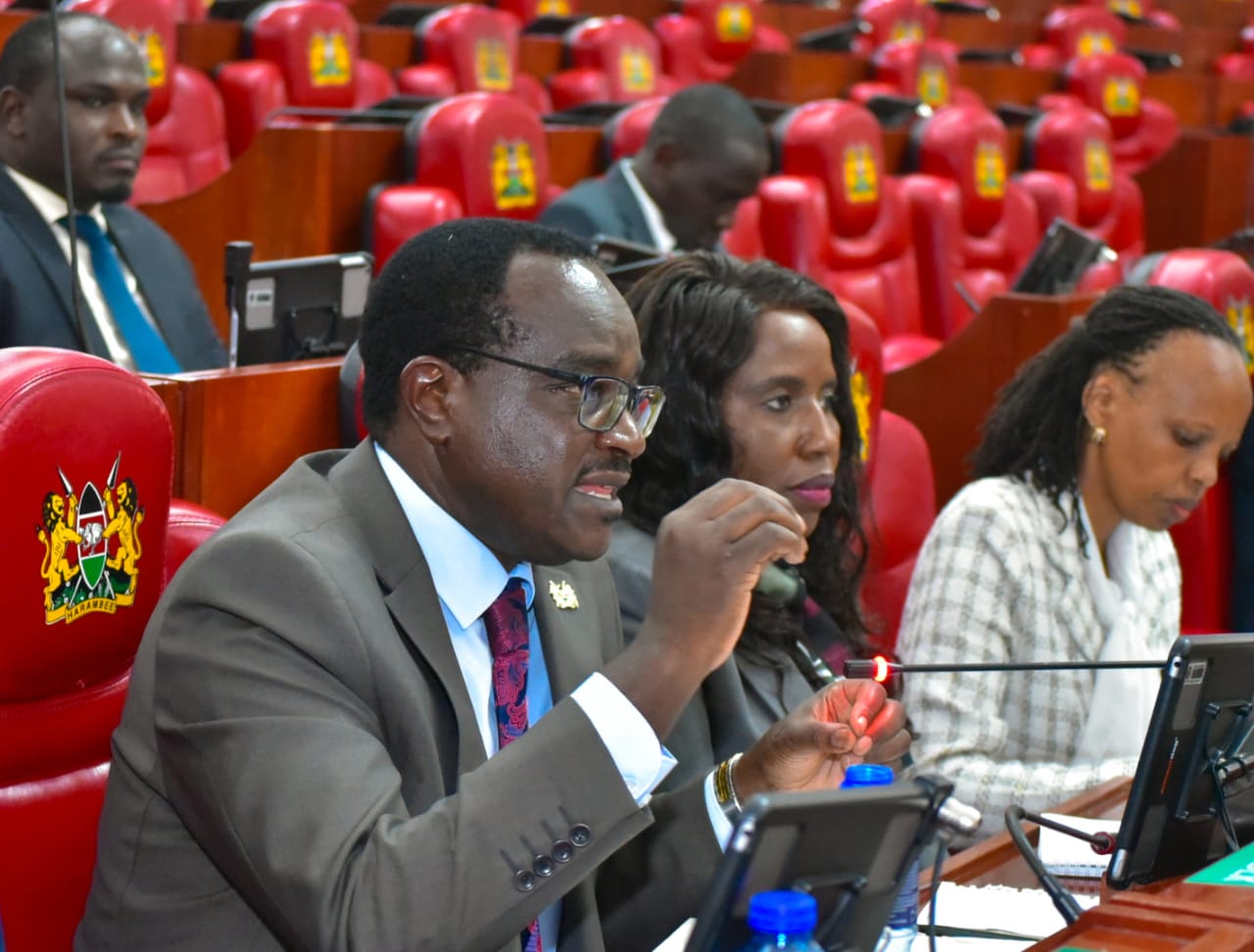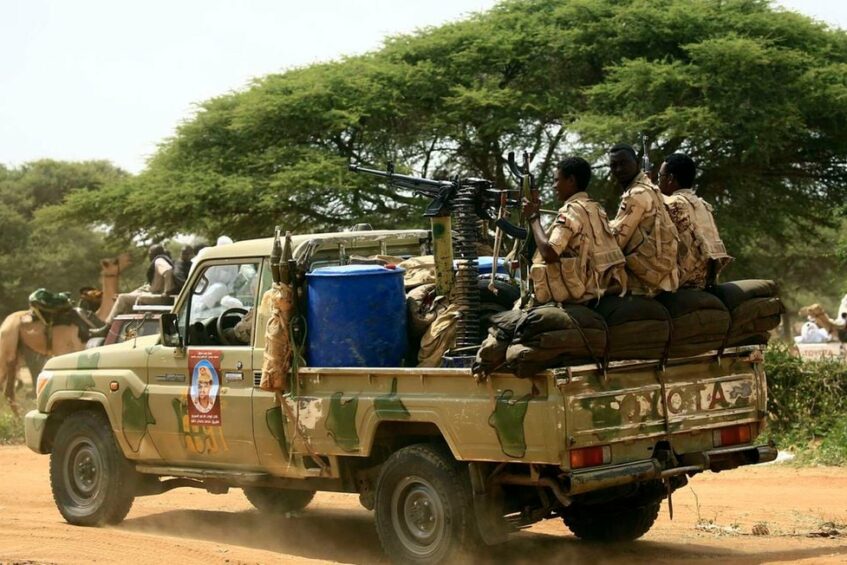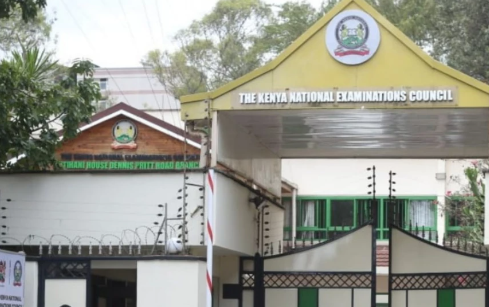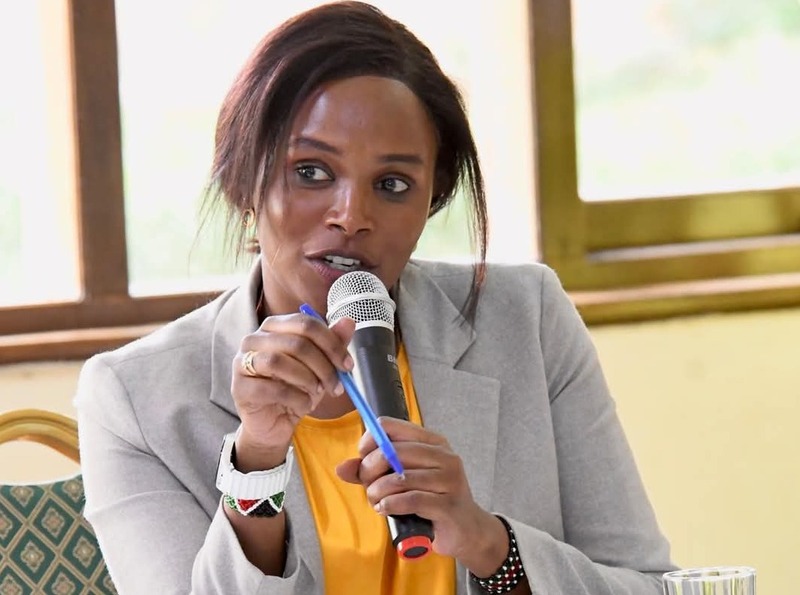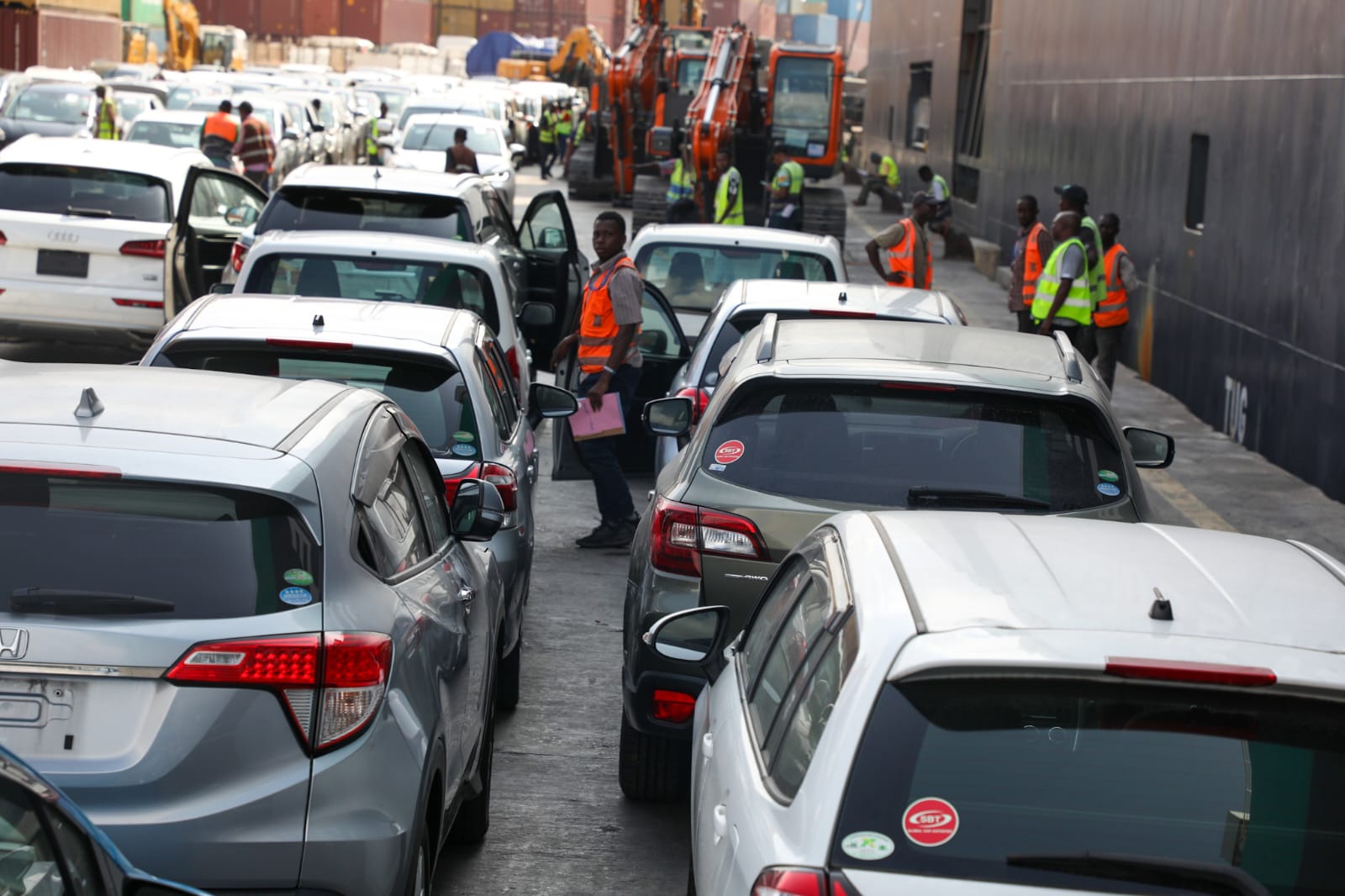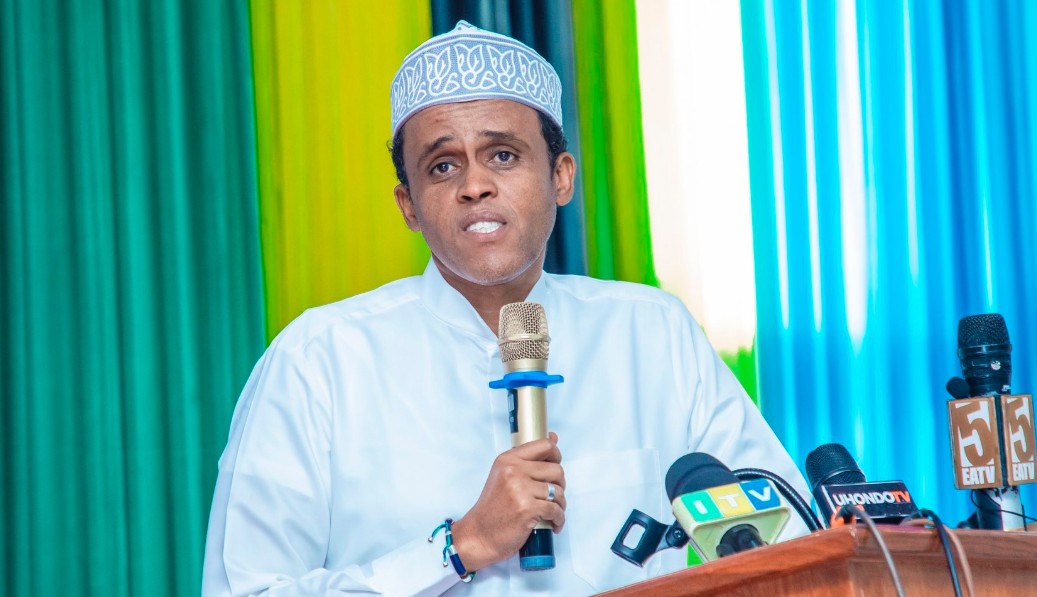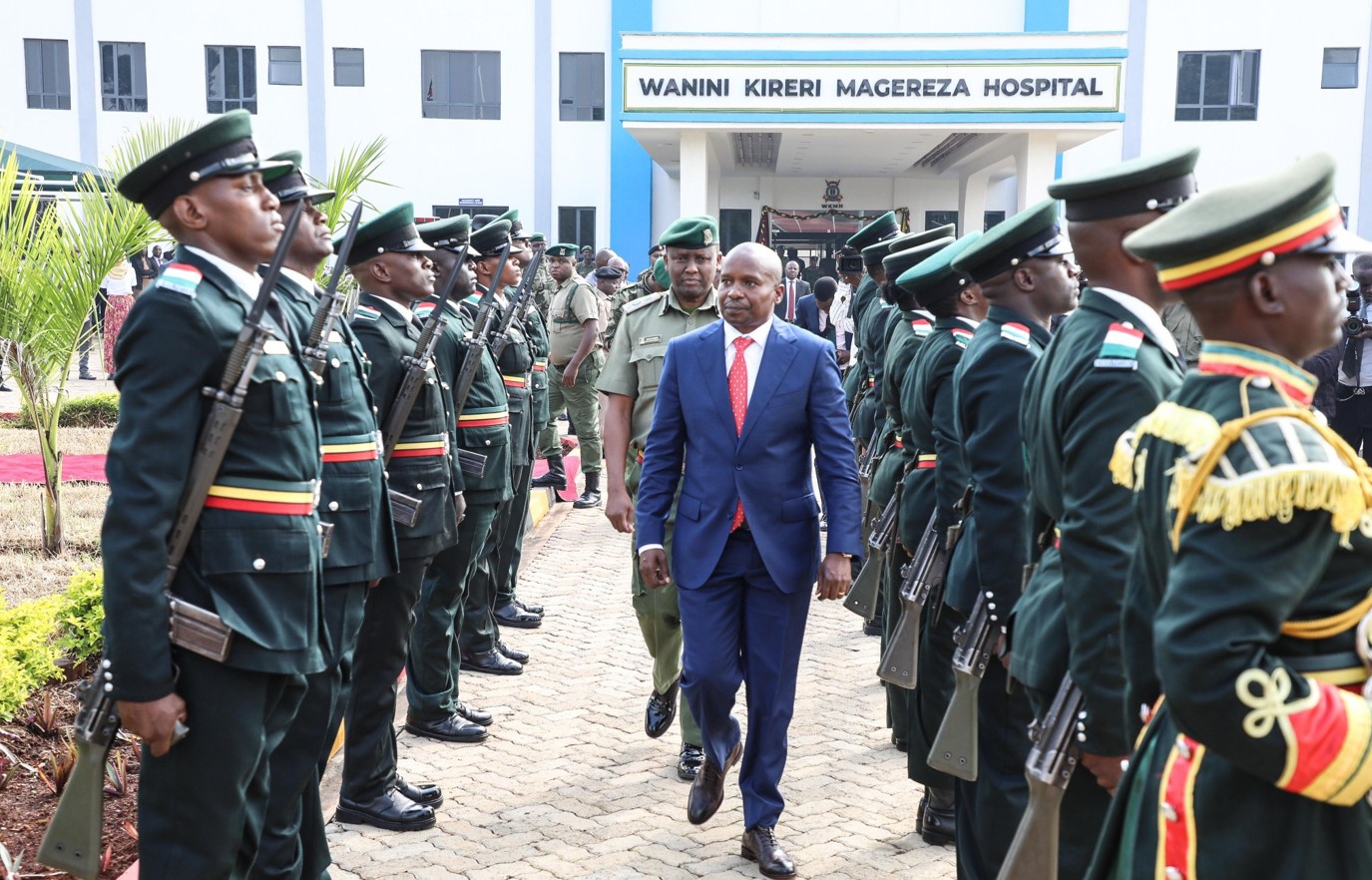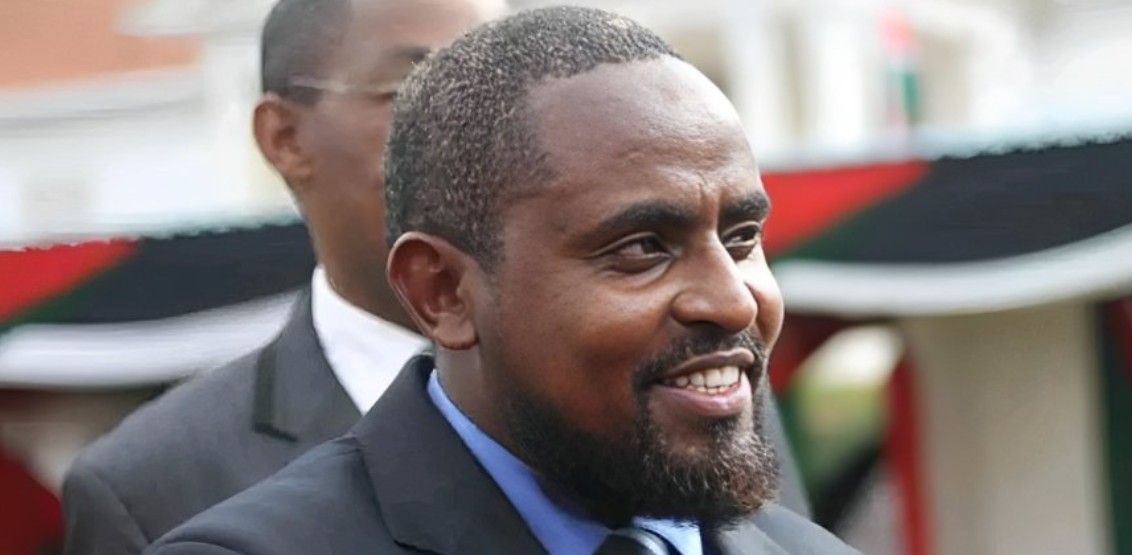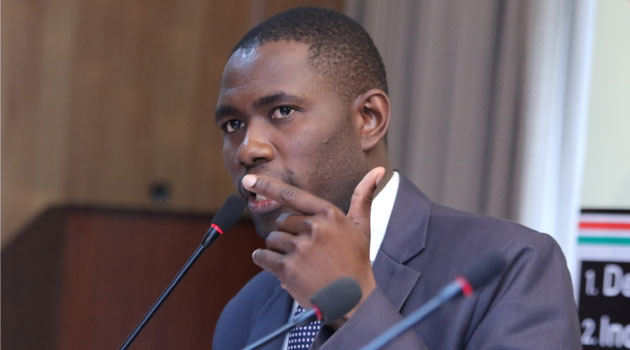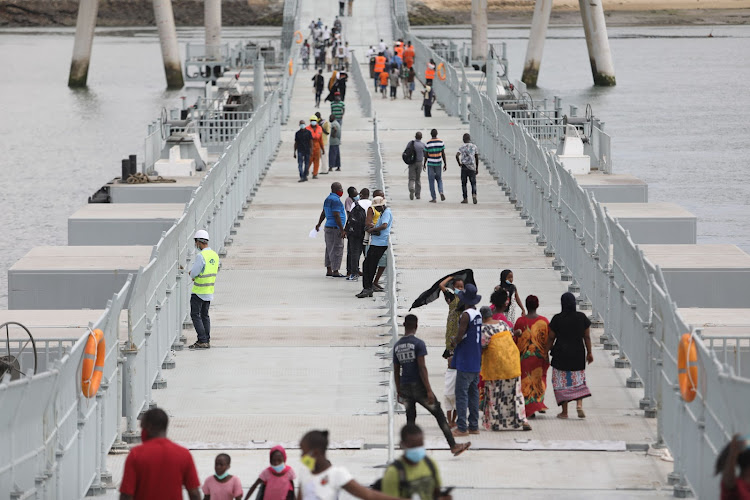Public secondary schools on brink of closure as state fails to meet funding commitments
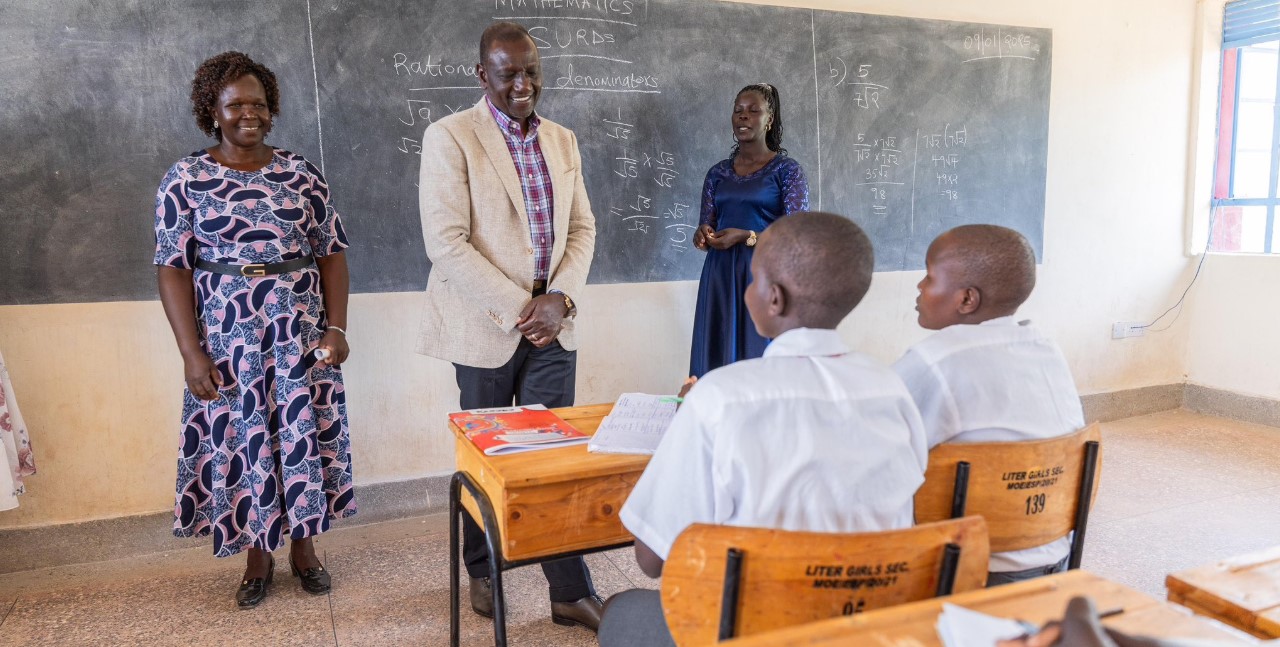
A report by the Kenya Secondary Schools Heads Association (KESSHA) has revealed that the government is allocating only Sh10,000 per student annually, far below the expected Sh22,244.
Public secondary schools across the country are on the verge of closure due to dwindling government capitation, school heads have warned.
A report by the Kenya Secondary Schools Heads Association (KESSHA) has revealed that the government is allocating only Sh10,000 per student annually, far below the expected Sh22,244, creating a shortfall that has left schools unable to meet operational costs.
More To Read
- Schools struggle under Sh70bn govt debt, risk disruptions in busy second term
- KNUT urges timely release of capitation funds ahead of schools reopening
- Treasury pressured to release billions in overdue school capitation funds
- Treasury: No funds to clear Sh64 billion in unremitted capitation to schools
- Principals sound alarm over delayed capitation funds for schools
- CS Ogamba: Schools should not send children home over fee arrears, funds are on the way
The report, titled "Operational Crisis in Schools" and signed by KESSHA Chairman Willie Kuria, highlights that the funding gap has worsened over the years, leaving many schools struggling to stay afloat.
“The actual amount received per learner is far below the stipulated capitation grant. As of now, schools receive Sh10,479.37 per student,” reads the report.
School heads now warn that unless urgent action is taken, learning institutions could shut down, disrupting education for thousands of students.
“Unless this situation is urgently addressed, schools face imminent closure, disrupting education for thousands of students,” KESSHA cautions in the report.
Financial gaps
The report reveals that in the 2020/2021 financial year, schools received Sh17,243 per student, but the government withheld Sh6,546 for development, co-curricular activities, and textbooks, leaving schools with Sh10,697.
In 2021/2022, Sh17,792 was allocated per learner, yet only Sh11,039 reached school accounts, with Sh6,752 retained by the Ministry of Education.
The 2022/2023 financial year saw the biggest cut, with schools receiving just Sh9,701 out of the Sh17,339 released by the Treasury—meaning Sh7,637 was withheld.
A similar trend was recorded in 2023/2024, where schools only got Sh10,523 from the Sh16,153 allocated per student.
On top of the declining capitation, school budgets are further strained by soaring costs of essential commodities.
For instance, a ream of photocopy paper that cost Sh420 in 2015 now costs Sh890. A 50kg bag of rice, previously Sh3,600, now sells for Sh7,200, while a 90kg bag of sugar has jumped from Sh5,000 to Sh7,800.
“The current capitation of Sh22,244 per learner was last reviewed seven years ago. Meanwhile, the cost of essential goods and services has surged, yet funding has remained stagnant,” reads the report.
“The persistent funding gap in education has led to various challenges for schools, from outdated resources and inadequate staff to mounting pending bills.”
KESSHA reported that the limited funding has resulted in resource constraints, making it difficult for schools to maintain essential facilities and provide the necessary teaching and learning materials for students.
They noted that financial difficulties have forced schools to lay off Board of Management (BoM) employed teachers, which has, in turn, increased class sizes and reduced the quality of education.
Parents' involvement
According to the school heads, the financial challenges have made it harder for schools to engage parents and the community in the education process.
“Parents avoid involvement as they believe they will be asked to contribute financial resources,” they added.
In the report, they also highlighted that schools are missing out on funding due to gaps in student registration. Some learners do not receive capitation because they are not captured in the National Education Management Information System (NEMIS), often due to a lack of birth certificates.
Additionally, the government relies on outdated student population figures when allocating funds.
In 2022, for example, capitation was based on 2021 data, funding only 3,587,081 students instead of the actual 3,690,376 enrolled.
“Enrollment increases in January, but budget allocations are based on figures from the previous November or December. This discrepancy results in consistent underfunding of Free Day Secondary Education (FDSE), with actual capitation always falling short of the expected Sh22,244 per student,” the report explains.
The report warns that inadequate resources are directly affecting learning outcomes, with a rising number of students scoring Es in the Kenya Certificate of Secondary Education (KCSE) exams.
“Resource shortages directly affect performance, reflected in the rising number of Es recorded nationwide in recent years. This trend is particularly pronounced from 2022 to 2025,” the report notes.
Beyond classroom operations, the funding crisis has also severely affected co-curricular activities, which are crucial for student development.
KESSHA accuses the government of neglecting sports, music, and drama festivals, despite deducting funds from capitation for such events. Schools, the document notes, rarely receive these funds, forcing many to either drop extra-curricular activities altogether or rely on teachers and parents to raise money.
“Some schools have been forced to drop extra-curricular activities entirely, while others rely on teachers and parents to contribute funds,” KESSHA said.
The absence of such activities, the report warns, has contributed to rising cases of student unrest.
“Sporting activities play a critical role in student engagement. Their elimination contributes to the surge in unrest witnessed in many schools,” the report warns.
With public secondary schools now at risk of closure, school heads are urging the government to increase capitation to meet rising costs and prevent further disruptions to learning.
Top Stories Today

